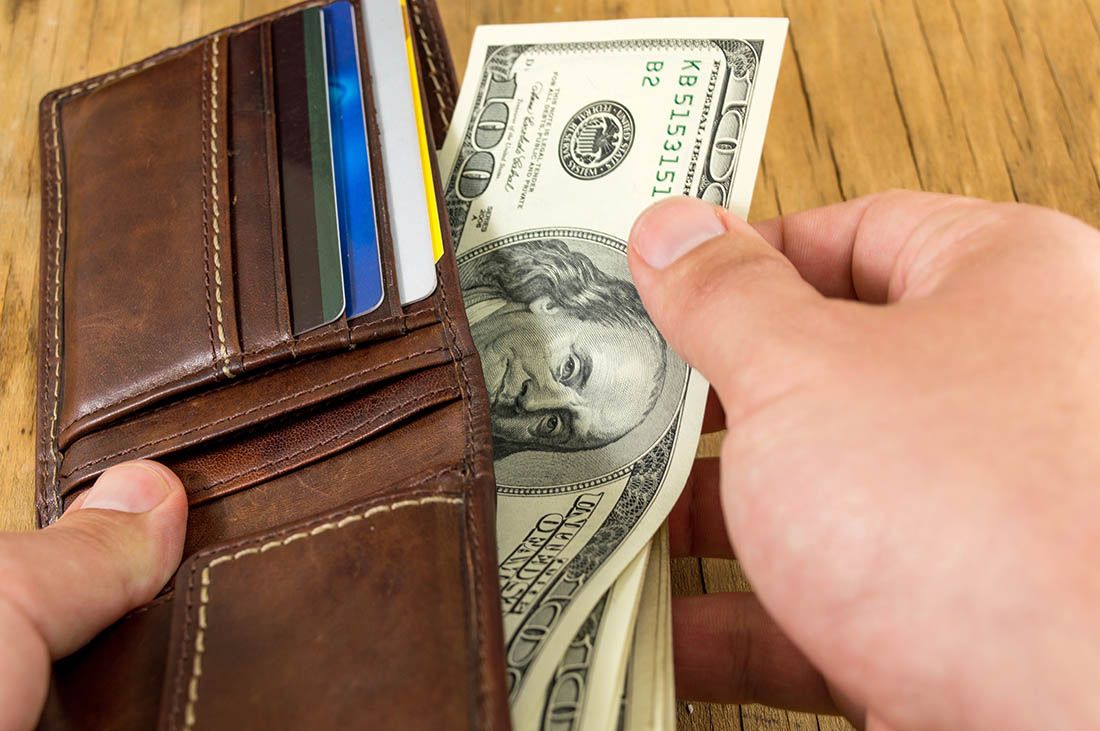Dollar Strength is Here to Stay

© Adobe Images
- USD outlook not as bad as thought
- Fed pivot in early 2019 may be reversing
- Outlook for 2020 not as bright
The U.S. Dollar is likely to continue rising, despite the recent slow-down in some areas of the U.S. economy says John Hardy, head of FX strategy at Saxo Bank, largely thanks to a U.S. Federal Reserve that will retain the title of the “tightest central bank in the world.”
The Fed will be allowed to retain the crown thanks to an economy that will likely remain resilient. Wednesday's surprisingly good ISM non-manufacturing index result, is cited as an example of how things are not actually that bad.
The ISM in February rose to 59.7 from 56.7. It was a sign that the U.S. economy was not heading for a “crash-landing” as some had feared, and, therefore, the market might be overly pessimistic in not expecting any further interest rate rises in 2019. An ISM result of 60 is considered to be an extremely positive sign.
“Yesterday’s ISM Non-Manufacturing; with this strength back up towards 60; I mean this is a historically high reading. You are not looking at an economy that is coming in for a crash landing, exactly,” says Hardy. “The market is so thoroughly turned around on its expectations for the Fed; it may have overreached a bit. I think we are seeing a little bit of that now with this Dollar strength here. So, we are still very constructive on the Dollar.”
The Fed radically changed its policy trajectory at the start of 2019. Previously it had expected to raise interest rates at least twice in 2019 but after the stock market tanked at the end of last year and some economic indicators turned down the Fed altered to a neutral ‘wait-and-see’ approach.
At the start of the year the Fed was, “looking at high yield spreads blowing out, at a cratering equity market, and inflation expectations as well… all those were suddenly pointing very much to the south and then they took a step back, and now all these are reversing again, but unfortunately lagging indicators carry a bit too much weight as part of the policy mix,” says Hardy.
The Dollar is sensitive to interest rate changes because they affect foreign capital inflows. When the Fed raises interest rates it attracts and keeps greater inflows of foreign capital which increases demand for the Dollar. When they cut rates it has the opposite effect.
In relation to Trump’s influence on the Dollar, Hardy dismisses claims Trump’s aversion to a strong Dollar could be a risk factor in the future. "The market is much more focused on the Fed," he says.
Others agree.
“I think it is far too early to say there is a credibility issue with the Fed. I think the market still has faith that when the Fed moves it is because of what it believes is going to happen to inflation and employment targets. But it is unusual to have a U.S. President talking about the Federal Reserve in this way,” says Jane Foley, Senior FX strategist at Rabobank.
Foley sees the risk of a possible interest rate cut from the Fed in 2020, with negative consequences for the Dollar, due to a possible slowdown in the economy.
Yield curve inversion is also a risk to the outlook for the Dollar. This is what happens when short-term loan interest rates rise higher than long-term interest rates because the longer-term outlook is more subdued or negative. It is often an early warning of a recession.
“The inversion or potential inversion of the yield curve is something the market and Fed are looking closely at now,” says Foley.
One risk to the outlook for the Dollar is that the Fed may have overreacted to the economic recovery in 2017-18, hiking interest rates too quickly and by too much, especially when combined with its policy of quantitative tightening (QT) whereby it decides not to reinvest the principle on the maturing bonds it holds, thus depriving the market of liquidity. The two policies together have been seen by some as having a ‘super-charging’ effect on each other which could constitute over-tightening.
“I think it is going to become quite clear in the next 6-8 months if the Fed hikes too much too fast last year or not. We certainly see risks that they may have done. If they have done then that could mean they have to cut interest rates by the second half of next year. I think over the next six months that view will either proved right or wrong,” says Foley.
Time to move your money? Get 3-5% more currency than your bank would offer by using the services of foreign exchange specialists at RationalFX. A specialist broker can deliver you an exchange rate closer to the real market rate, thereby saving you substantial quantities of currency. Find out more here.
* Advertisement




